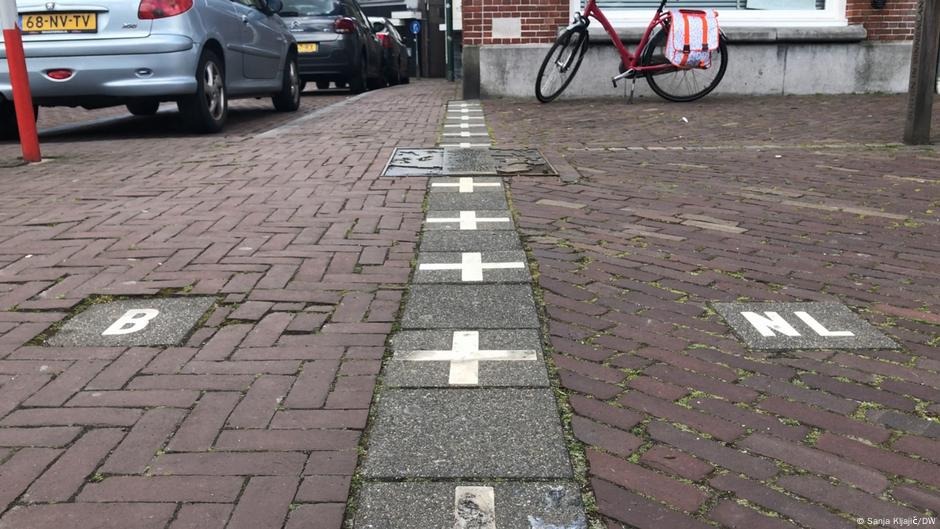International Borders on Foot: Where You Can Walk Comfortably Across Countries

International Borders on Foot: Where You Can Walk Comfortably Across Countries
From Europe’s quirky enclaves to North America’s open parks, some borders around the world let you stroll into another country without boarding a plane.
While international travel is usually associated with flights, passports, and long queues at airports, there are several countries where crossing the border can be as simple as taking a walk. In many parts of the world, borders are marked only by tiles, monuments, or parks, making it possible for visitors to step into another nation almost effortlessly. Here’s a look at some of the most fascinating places where you can cross borders on foot.
Belgium and the Netherlands – Baarle-Nassau
The Dutch town of Baarle-Nassau is famous for its unusual geography, with Dutch enclaves inside Belgian territory, and even smaller Belgian enclaves inside those. The borders are marked by white tiles that cut through streets, shops, and even houses. A person can walk across a room and be in a different country, making it one of the quirkiest border crossings in the world.
France, Luxembourg, and Germany – Schengen
The small town of Schengen is globally significant, as this is where the famous Schengen Agreement was signed. At the tripoint of France, Luxembourg, and Germany, a monument marks the exact spot with three symbolic pillars. Visitors can walk across the three countries in just a few minutes, making it a unique travel experience.
United States and Canada – Peace Arch Park
Located between Washington State and British Columbia, Peace Arch Park is a green oasis where the border runs seamlessly through flower beds and lawns. Families and tourists often walk freely within the park, crossing between the U.S. and Canada by foot in a serene setting.
Norway and Sweden – Forest Paths and Lakes
The border between Norway and Sweden winds through dense forests and lakes, offering a tranquil and scenic crossing for hikers and locals. While passports and visas are required for non-Europeans, EU citizens can walk across freely. The natural landscape makes the crossing feel more like a nature walk than an international boundary.












